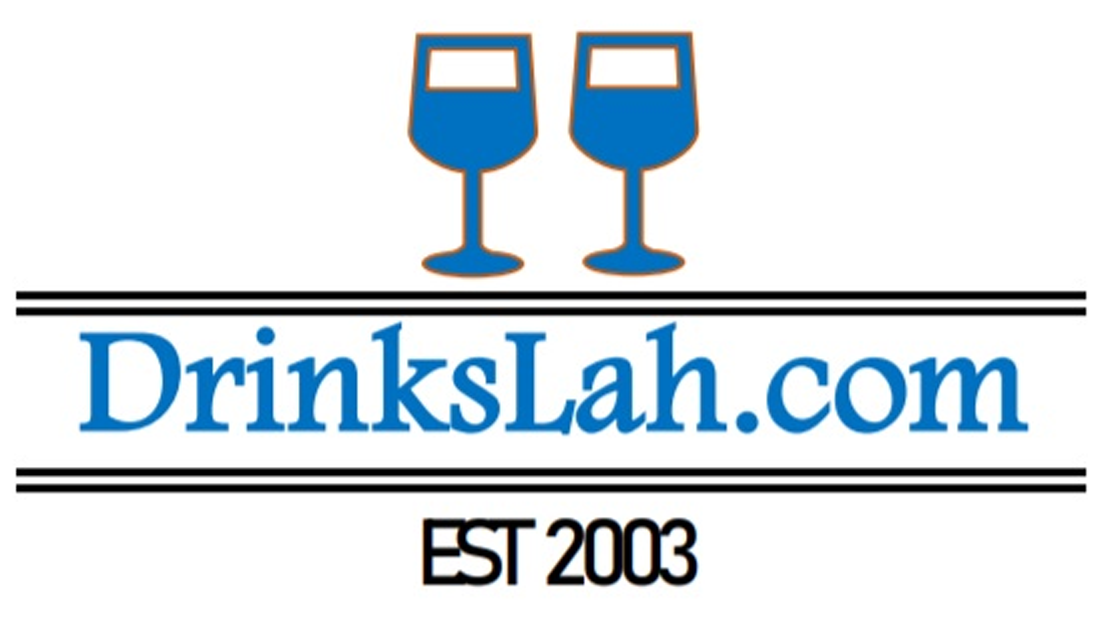The Reducing Middle Class in America: Causes and Repercussions
The American middle course, long considered the backbone of the nation’s economy and culture, has actually been reducing for decades. When an icon of stability and chance, the center class now deals with unmatched challenges that endanger its actual presence. This situation research study checks out the essential variables contributing to this decline, consisting of wage torpidity, increasing prices of living, Does the middle-income trap exist? technical disruption, and policy choices, while likewise taking a look at the wider effects for the economic situation and society.
1. Wage Stagnancy and Earnings Inequality
Among the main factors for the shrinking center class is wage torpidity. While productivity and company revenues have actually soared because the 1970s, earnings for the typical employee have hardly kept pace with rising cost of living. According to the Pew Proving Ground, the average revenue of middle-class houses grew by only 6% in between 2000 and 2014, compared to a 14% rise for upper-income households. This disparity has aggravated earnings inequality, leaving less Americans in the middle-income bracket.
The decline of unions and the erosion of worker negotiating power have also contributed to stationary salaries. In the 1950s, almost one-third of American workers were unionized; today, that figure is just over 10%. Without cumulative negotiating, workers have much less take advantage of to demand higher salaries and better advantages, even more squeezing the center course.
2. Rising Costs of Living
While incomes have actually gone stale, the expense of vital expenditures– such as real estate, medical care, and education– has actually escalated. Real estate costs, for instance, have much surpassed income development in several city locations, requiring middle-class families to spend a larger share of their revenue on lease or mortgages. The National Low Earnings Housing Coalition reports that in no state can a minimum-wage employee afford a two-bedroom rental home at reasonable market rental fee.
Health care costs have also risen, with premiums for employer-sponsored family plans raising by 55% over the past decade. At the same time, university tuition has greater than increased since the 1980s, leaving numerous grads burdened with pupil debt that delays homeownership, financial savings, and other trademarks of middle-class life.
3. Technological Interruption and Globalization
The rise of automation and globalization has improved the labor market, displacing several middle-class jobs. Production, once a dependable path to middle-class stability, has actually decreased sharply because of outsourcing and technical advancements. Between 2000 and 2010, the united state shed nearly 6 million manufacturing tasks, most of which paid well and required just a high college diploma.
At the exact same time, the growth of the job economic climate has developed precarious work plans with couple of benefits or work safety. While platforms like Uber and TaskRabbit supply versatility, they frequently do not have the security and benefits of typical middle-class work, leaving workers at risk to economic shocks.
4. Policy Choices and Tax Structures
Government plans have actually also played a duty in the center course’s decline. Tax cuts for the affluent and corporations given that the 1980s have actually overmuch benefited high-income earners, while social safeguard have actually worn down. The 2017 Tax Obligation Cuts and Jobs Act, for example, mainly benefited firms and the leading 1% of earners, with middle-class homes seeing modest gains at ideal.
Furthermore, the decline in public investment in education, infrastructure, and inexpensive real estate has actually made it harder for middle-class family members to preserve their standard of living. Without durable public support, several are delegated bear these costs alone.
5. Consequences of a Diminishing Middle Course
The decline of the middle class has significant effects for the U.S. economic climate and culture. Here is more info on how much does a middle class family save a month review our own web page. A robust middle class drives consumer investing, which makes up nearly 70% of GDP. As fewer households can afford to invest in non-essential products, economic growth may slow, resulting in fewer tasks and reduced incomes– a ferocious cycle.
Socially, the erosion of the middle course fuels polarization and political instability. Research reveals that cultures with high income inequality experience greater prices of criminal activity, poorer health and wellness results, and reduced degrees of depend on in institutions. The expanding divide between the wealthy and the having a hard time middle course additionally intensifies political stress, as seen in the increase of populist movements on both the left and right.
Final thought
The shrinking center course in America is the outcome of decades-long patterns, consisting of wage stagnancy, climbing expenses, technological disruption, and plan selections. Resolving this dilemma calls for a complex strategy: increasing the base pay, reinforcing unions, purchasing budget friendly housing and education and learning, and reforming tax obligation plans to make sure a more fair distribution of wide range. Without such procedures, the American desire of a protected and prosperous middle-class life might become progressively unreachable for future generations.
The American middle course, long considered the backbone of the nation’s economy and society, has been diminishing for decades. One of the key factors for the reducing center class is wage torpidity. Government policies have actually also played a duty in the middle course’s decline. The decline of the middle class has far-ranging implications for the U.S. economic climate and culture. The shrinking center class in America is the result of decades-long patterns, consisting of wage stagnation, increasing expenses, technological disruption, and plan choices.


